I have recently spoken with four teachers beginning their tenures at a Jewish day school, each of whom engaged in an eerily similar conversation with the supervisor about what to teach. In one case, the supervisor said, “The seventh grade does Mishnah Brachot,'' and in another case, the supervisor said, “Ninth grade learns Bemidbar.” The follow up questions by each teacher on “what pedagogical focus should I have,” “what happened last year,” “which sections deserve more attention,” and “what skills should I teach” were met by each supervisor with different configurations of “use your best judgment.” This same story echoes throughout the last 75 years of Jewish day school education. Needless to say, “teaching Bemidbar” is not a curriculum. In essence, the supervisor has left the teacher with the task of developing–with little guidance–a coherent yearly vision, multiple content-based, skill-based, and belief-based units, and about 160+ classes.
In response to that daunting mission, first, the teacher should reshape the problem. The question of “how do I teach this extensive piece of content in an academic year?” comes replete with worn-out answers that bespeak being a “prisoner of the book.” Many day school attendees recall the answer to this question as hours of verse after verse after verse decoding, summarizing the text, and occasionally discussing big topics under the pressure of finishing the book by the last day of school. Instead, imagine the question, “how could this content be used to create a series of meaningful units guided by learning targets (see below) which produce evidence of growth that encourages student autonomy?” The newly formed question leads to much more productive designs and ways of achieving Jewish day school’s more salient goal: activating students’ intrinsic motivation using sacred texts and our ancient wisdom. The shift allows for interest, relevance, inspiration, and deep thought to guide the classes, freeing the teacher from the boundaries of content digestion and regurgitation.
Two keys to accomplishing this task utilize backwards mapping and learning targets. Backwards mapping, made popular by Heidi Hayes Jacobs, results in clearly defined goals, more relevant and appropriate assessments, and purposeful instruction that students can more easily grasp. In short, the teacher designs the curriculum in reverse from the end of the year back to the first day. By building from the top of the pyramid to the base, the teacher aims where the educational blocks will go, perhaps not covering every bit of content, but making intentional decisions about the educational concentration. The focus on teaching and evaluating for understanding and transfer sets a hospitable environment for the students’ role. The second part draws on the benefit of learning targets.
Learning targets explain the destination of the journey of discovery to the student. Learning targets include a demonstration of learned data, skill, and wisdom as well as evidence of the progress since the beginning of class. Each learning target consists of proximal goals that act as both motivational markers and ways of knowing how far the student traveled. The process allows the student to self-assess, assume responsibility, build on previous knowledge, and feel progress towards mastery. Later in the process, the student will apprentice the teacher in creating the learning targets and developing the metacognitive skill of planning the maturing nature of their own learning profile. The student will master modeling and explaining the learning target, doing teacher-guided practice towards the learning target, assessing their own performance, accepting peer and teacher feedback, and implementing the feedback to achieve improved performance.
For example, let’s say that the supervisor assigns the teacher Ketuvim, the entire section of Writings in the Tanakh, to teach in 11th grade. The teacher employs the methods depicted above. First the teacher divides the content into relevant units: Search of Truth (Tehilim, Ruth, and Iyov), Shlomo’s Guide to Life (Shir HaShirim, Mishlei, and Kohelet), and How to Build the Second Temple (Divrei Hayamim, Eichah, Esther, Daniel, and Ezra-Nechemia). Second, the teacher sketches the backwards mapping including when the units will end, how to group other parts of Tanakh with this design to enhance and give context to Ketuvim, e.g., parts of Shmuel Bet discussing David with Tehilim, Melachim Aleph discussing Shlomo’s life and the Beit Hamikdash with the three “guides,” and material from both Yirmiyahu for the first two books of the unit How to Build, and then Zecharia, Chaggai, and Malachi for the last three books. Third, the teacher develops learning targets (one per class) for the first unit including ones as basic as navigating Ketuvim, moving on to posing questions about the depth of the text, and asking why this text was included in the Tanakh. As the lessons continue, the learning targets get progressively more interrelated, multilayered, and complicated. By the second unit, the students should be part of the design team for learning targets and have more autonomy in demonstrating the material, skills, and wisdom they procured. By the third unit, the students can submit learning targets based on the teacher’s framing of the material and challenges put in front of the students. A student might suggest by the third unit a three-lesson study of material from Nakh relevant to the time period between the end vanquishing of Haman and the completion of the Second Temple. During that study, the student (perhaps in a group) will construct a historical narrative citing sources, will study the idea of national hope and redemption as a theme, and will investigate the idea of intermarriage as a subplot in Ezra-Nechemia. The path illustrated above allows the student to grow into the role of motivated researcher of Judaism.
We should bury the typical organization of content as a form of curriculum. The system of seeing each year of a student’s schooling as only one more step in completing Tanakh/Gemara/Halachah has proven a failed path in the last 75 years for multiple reasons. Instead, when your supervisor gives you lemons, make deeply intuitive, ambitious, challenging, inspiring, and motivating lemonade.

